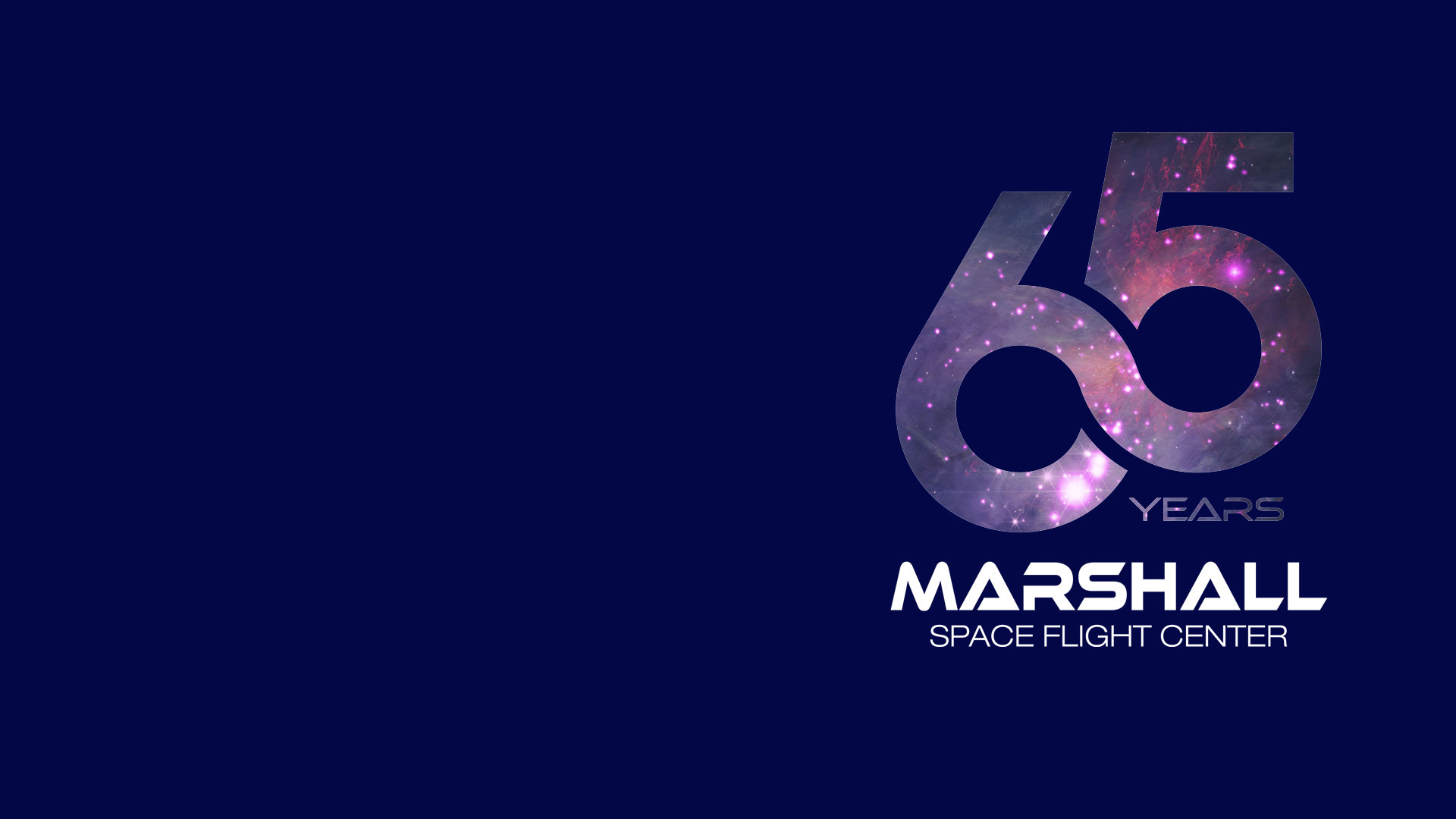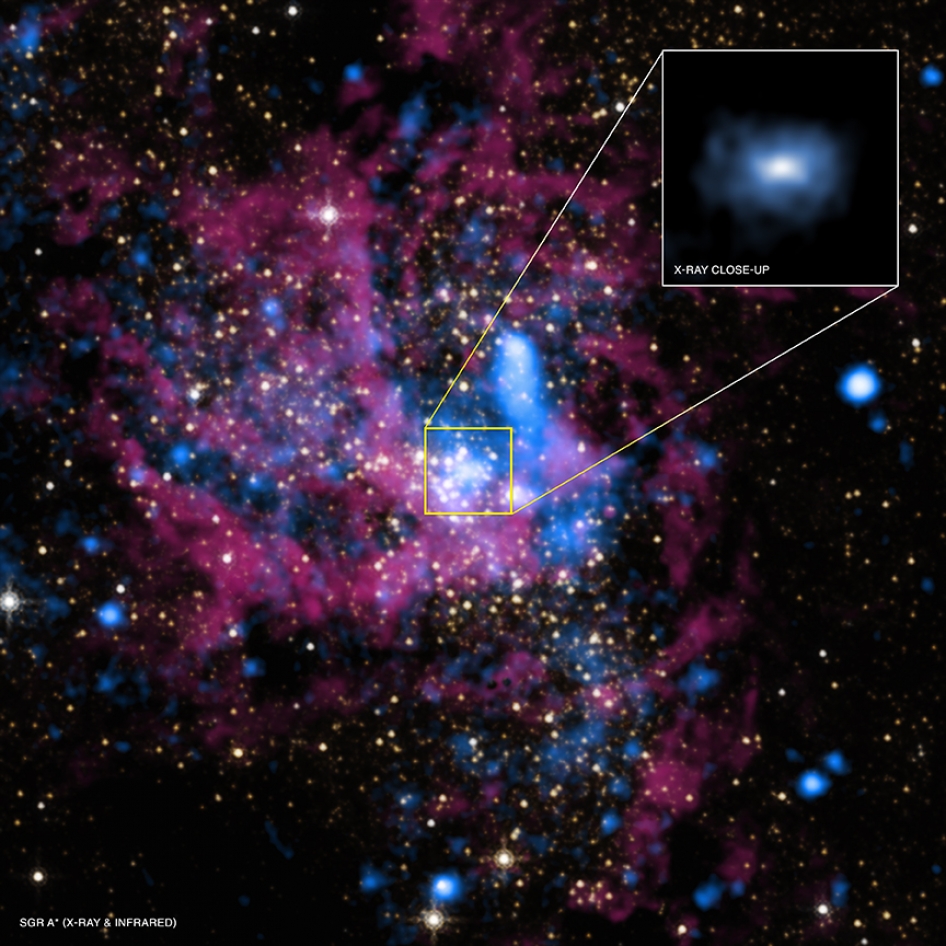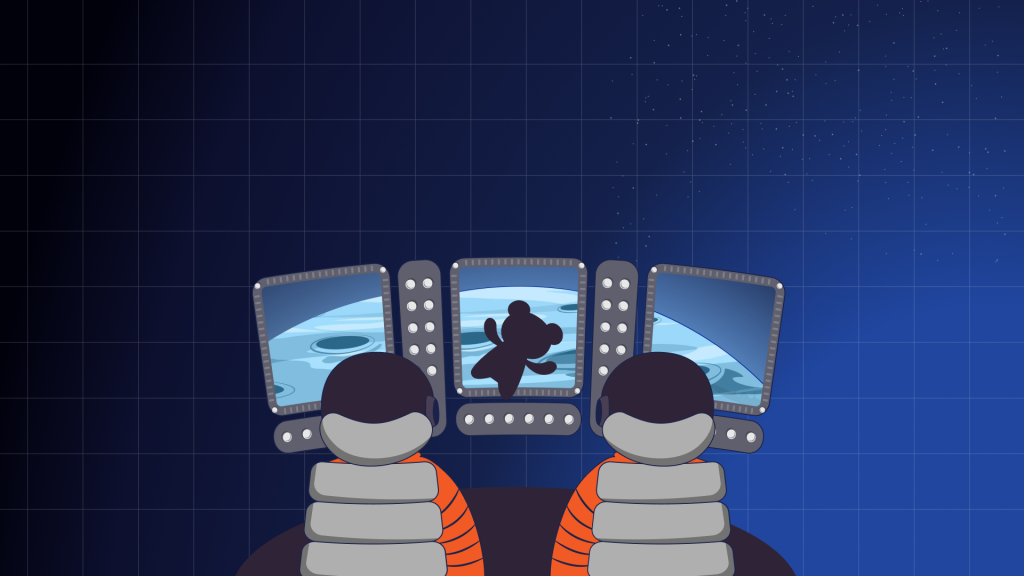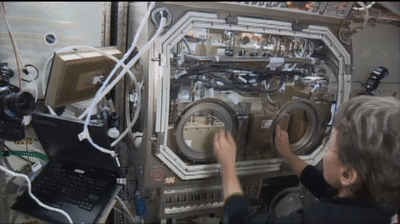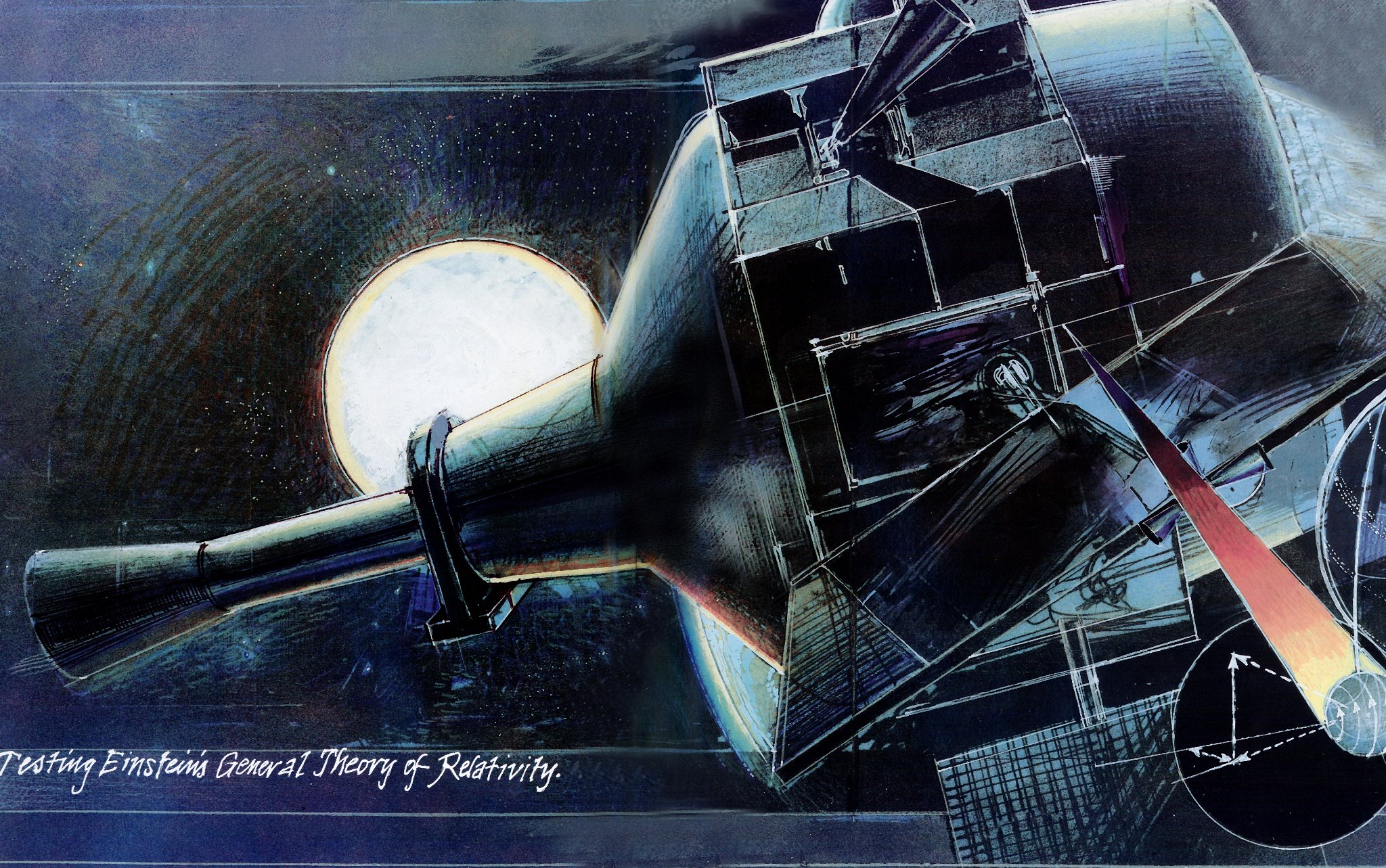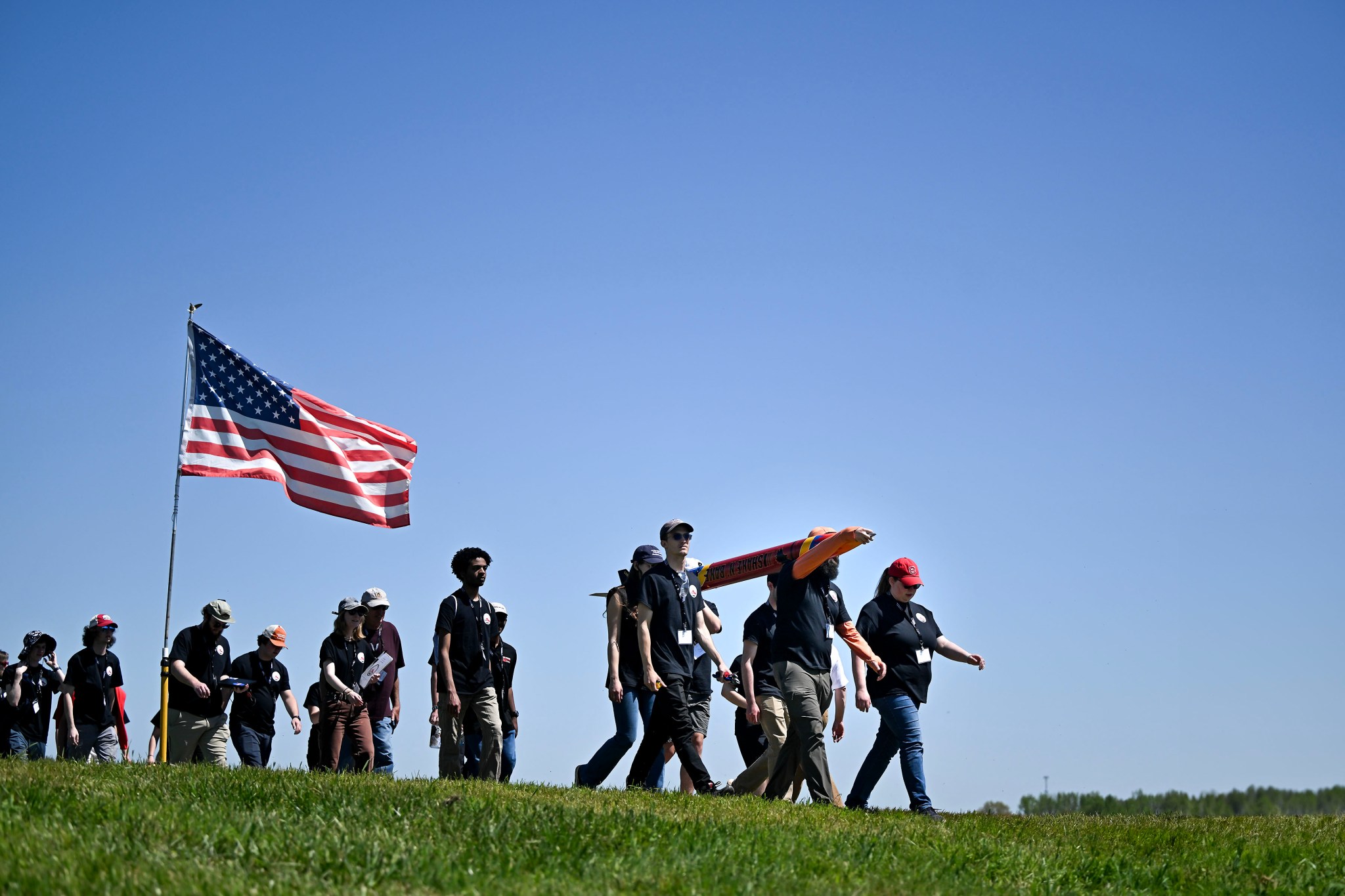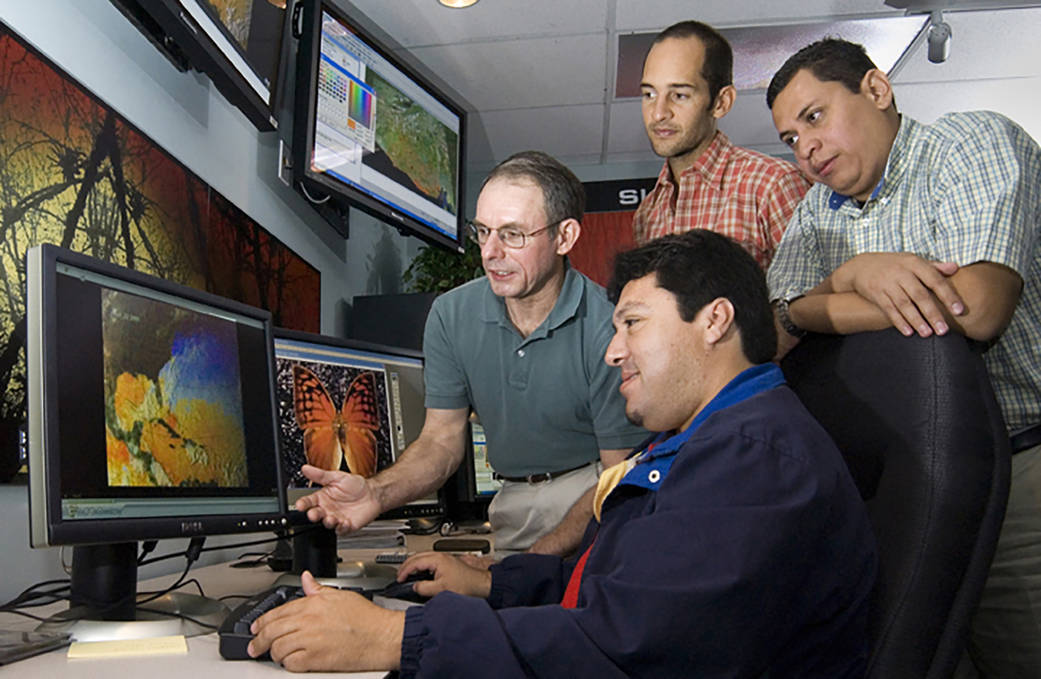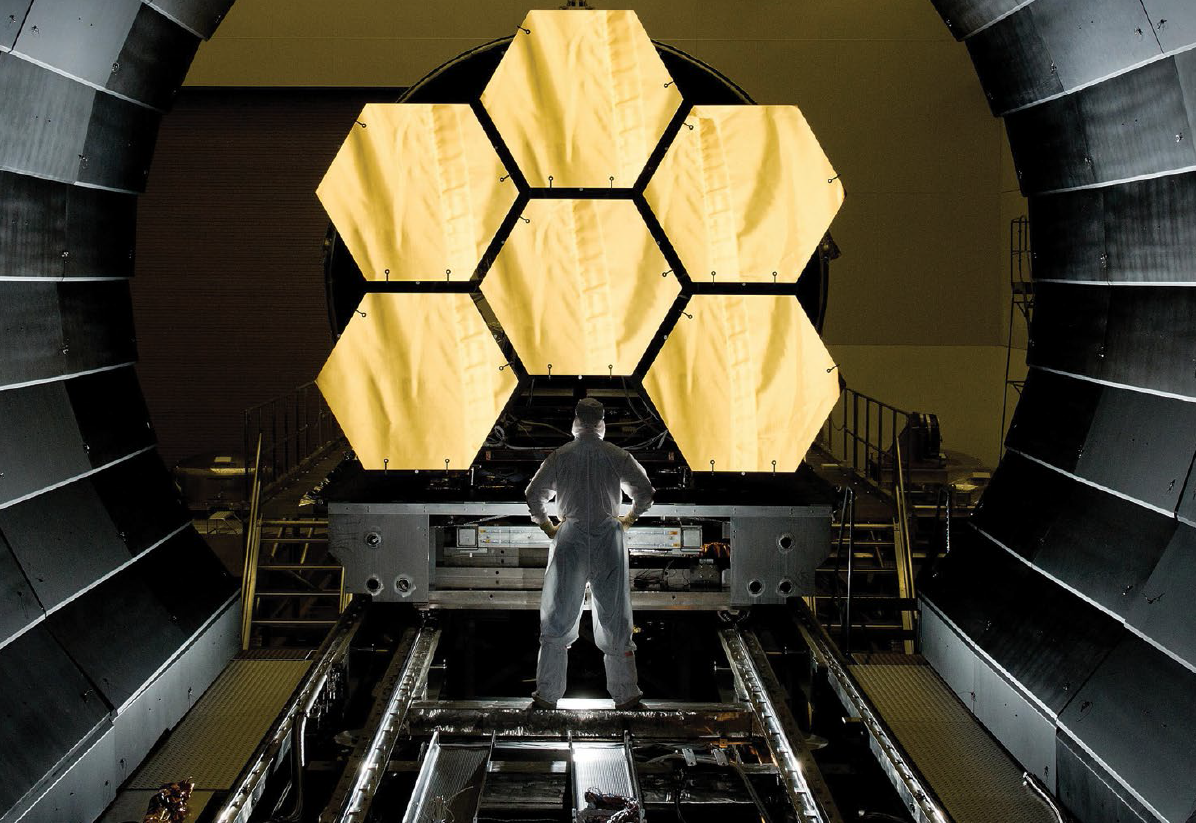Feb. 7, 2001:
Destiny, the U.S. Laboratory module, is launched aboard space shuttle Atlantis during STS-98 and delivered three days later to the International Space Station. The Destiny module would increase onboard living space on the station by 41%. It still serves today as the primary research laboratory for U.S. payloads, supporting a wide range of experiments and studies contributing to the health, safety, and quality of life for people all over the world.

March 8, 2001:
The Payload Operations Integration Center (POIC) at Marshall, initially known simply as the Payload Operations Center, begins round-the-clock science and communications support for crews on the International Space Station. Staffed 24 hours a day, seven days a week by three shifts of flight controllers, this state-of-the-art science command and control center links Earth-bound researchers with their experiments in orbit. In addition to managing all science research experiment operations on the station, the POIC cadre also coordinates mission planning with the space station’s international partners, all science experiments going to and coming from the station, and experiment training and safety programs for station crews and ground personnel.

April 19, 2001:
Developed and built at Marshall, the first two EXPRESS Racks – short for “EXpedite the PRocessing of Experiments to the Space Station” – are delivered to the International Space Station by space shuttle Discovery during STS-100. These multipurpose shelving units, derived from the shuttle’s mid-deck lockers and each roughly the size of a refrigerator, provide power, heating and cooling, protective storage, data collection, and other resources. Housed in the Destiny lab and the Columbus and Kibo modules, each rack supports eight lockers and two drawers containing working science payloads. With the delivery of the last EXPRESS Rack to the station in May 2020, its full complement stands at 12 – nine of the original EXPRESS Racks and three streamlined, more versatile modern versions. Funded by NASA’s Johnson Space Center, the EXPRESS Racks were developed by Boeing and Marshall engineers, who jointly built and tested the racks at Marshall in the late 1990s.
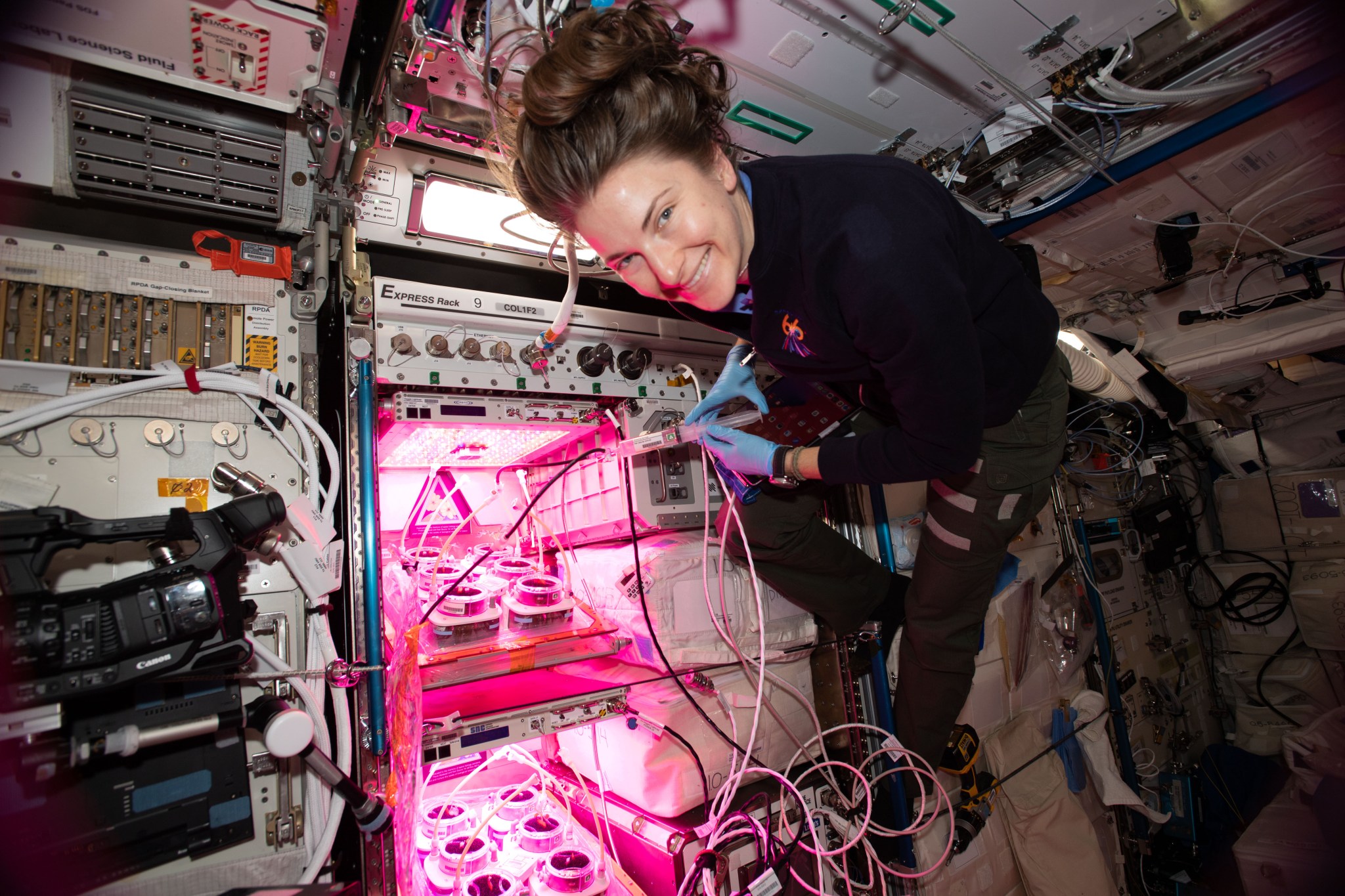
Aug. 27, 2001:
The Short-term Prediction Research and Transition (SPoRT) program officially launches, seeking to bridge the gap between severe weather research and operational weather alert services, particularly among localized, near-term forecasters. Funded by NASA, managed by Marshall, and housed at the National Space Science and Technology Center on the campus of the University of Alabama in Huntsville, SPoRT scientists have spent the last two decades collating advanced satellite data from more than 50 NASA satellites and ground instruments and delivering them in real time to the National Weather Service and other agencies and decisionmakers. Today, in partnership with weather offices, government agencies, academia, and private firms across the southeastern United States, the SPoRT team pursues applied research and applications in six key areas: air quality, hydrology, land surface processes, large-scale and mesoscale weather processes, lightning and convection, and tropical systems.

April 8, 2002:
Space shuttle Atlantis lifts the 43-foot-long, 13-ton “backbone” of the International Space Station – the Center Integrated Truss Assembly – to orbit during STS-110. It was fabricated in 2001-2002 in prime contractor Boeing’s California facilities, then shipped to Marshall for installation of critical flight hardware and dynamic stress testing. Station crews installed the truss atop the Destiny module, where it continues to link the mighty solar arrays, routes power to crew compartments and labs, and siphons away heat from the modules to the port and starboard thermal radiator truss sections, enabling the orbiting research facility to achieve its scientific goals.

June 7, 2002:
The Microgravity Science Glovebox is delivered to the International Space Station during space shuttle Endeavour’s STS-111 mission. Developed jointly by NASA and the European Space Agency and managed by Marshall, the glovebox is a sealed facility housed in the ESA’s Columbus laboratory. It provides a safe, contained environment for conducting research with liquids, combustibles, and hazardous materials in microgravity conditions, and has contributed to a variety of fields and practical applications, including materials science, fluid physics, combustion science, and biotechnology. In July 2022, the Microgravity Science Glovebox reached a landmark 70,000 hours of operation, and it continues to enable robust scientific studies to this day.
Feb. 1, 2003:
On this date, NASA suffers its worst spaceflight tragedy since the Challenger explosion. Space shuttle Columbia, returning from the STS-107 mission, breaks apart during Earth reentry, killing all seven members of its crew. Columbia, NASA’s first shuttle orbiter, was on its 28th space flight. An investigation revealed that the orbiter had been damaged during launch when a piece of foam insulation from the shuttle external tank struck its left wing. The shuttle fleet remained grounded for more than 29 months to give Marshall’s shuttle propulsion team time to make safety upgrades to the foam insulation delivery system and related elements.
April 20, 2004:
Gravity Probe-B (GPB), launched on this date nearly 28 years after the flight of Gravity Probe-A, used high-precision gyroscopes and a telescope to test two extraordinary effects of Albert Einstein’s 1916 general theory of relativity: how local space-time is very slightly warped by Earth’s presence, and how the Earth’s rotation very slightly drags space-time around with it. Housed in a satellite circuiting the planet in an almost perfect circular polar orbit 400 miles overhead, GP-B spent a year in space – and proved Einstein was correct. The Gravity Probe-B program was managed at Marshall. The science instrument was designed by researchers at Stanford University in California and tested at Marshall. Stanford also led mission operations and data analysis. Lockheed Martin designed, integrated, and tested the spacecraft.
May 1, 2004:
NASA’s prestigious Student Launch Initiative rocketeering challenge goes national. The Marshall student challenge was devised in 2000 by former Marshall Director Art Stephenson to encourage students to pursue degrees and careers in STEM-related science, technology, engineering, and math fields. Though just two schools took part that first year – Alabama A&M University and the University of Alabama in Huntsville – interest among rocket-savvy students of all ages grew quickly. Twenty years later, the Student Launch Initiative is one of NASA’s nine Artemis Student Challenges, open to both high schoolers and college and university students. Dozens of teams register each year for the rigorous design, testing, and launch challenge, which concludes each spring with a rocketry expo at Marshall and a launch event, complete with awards and bragging rights.
Feb. 1, 2005:
Developed at Marshall in 2004, SERVIR – which means “to serve” in Spanish and French – officially goes to work on this date, with the grand opening of the first regional SERVIR hub at the Water Center for the Humid Tropics of Latin America and the Caribbean (CATHALAC) in City of Knowledge, Panama. SERVIR is a robust imaging and mapping system designed to translate NASA satellite data into useful information about agriculture, weather, climate, water, land use, and natural disasters, all of which could be shared in real time with meteorologists and forecasters, government decision-makers, and other stakeholders in impacted regions around the globe. Today, the joint endeavor, led by NASA and the United States Agency for International Development (USAID), includes four key hubs serving Central and South America, Africa, the Hindu Kush region of the Himalayas, and southeast Asia. In total, SERVIR aids more than 50 developing nations in forecasting and fighting the effects of drastic environmental changes, making a real difference in millions of lives.
July 26, 2005:
NASA once again returns to flight, in the wake of the loss of Columbia, with the STS-114 mission. After being grounded for 29 months, the successful flight of space shuttle Discovery would ensure NASA’s commitment to finishing construction of the International Space Station – and restore the nation’s confidence in its space program, opening a new era in exploration and discovery.
Aug. 29, 2005:
Hurricane Katrina wallops the southern U.S. coast, devastating areas of Louisiana and Mississippi, and Marshall electricians, mechanics, safety engineers, and support personnel immediately spring into action, to coordinate NASA’s efforts to deliver aid and supplies to personnel at NASA’s Michoud Assembly Facility and Stennis Space Center, as well as those in need in the surrounding areas. Recovery teams helped local teams establish a land route to Michoud, which was surrounded by water for two weeks, limiting access except by helicopter, and aided in cleanup and restoration of power and operations. Marshall even partnered with technologists at NASA’s Ames Research Center to provide a reliable water purification system, providing Michoud with a steady supply of potable water for showers and bathroom facilities. And never ones to shirk from helping others in crisis, Marshall team members volunteered as relief workers, rotating to Stennis and Michoud on a weekly basis for more than two months.
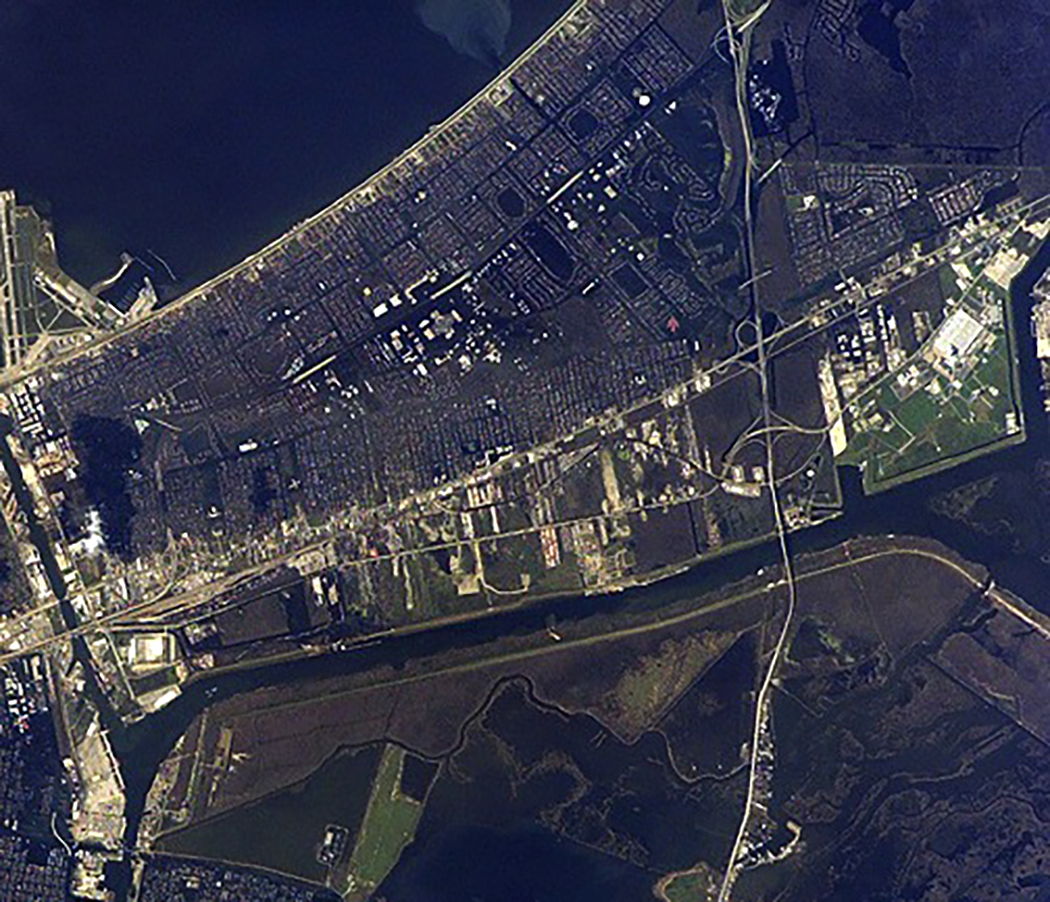
Sept. 23, 2006:
The Hinode satellite mission, a joint endeavor by NASA and the Japan Aerospace Exploration Agency (JAXA), is launched from Kagoshima, Japan, to study eruptions in the solar atmosphere and their relationship with intense coronal heating and the mechanisms that drive the solar wind, the constant outflow of solar radiation from our parent star. Hinode’s Solar Optical Telescope, developed at NASA’s Goddard Space Flight Center, was the first spaceborne instrument to measure the strength and direction of the Sun’s magnetic field on the photosphere, or the solar surface. The satellite is still flying, traveling a Sun-synchronous orbit around Earth at an altitude of nearly 400 miles, and is planned by JAXA and its partners to continue operations until 2033. Marshall managed the integration of all instrument components, supported science operations in Japan, and continues to manage Hinode science operations for NASA.
Oct. 23, 2007:
The Node 2 module, better known as Harmony, launches on this date via space shuttle Discovery during the STS-120 mission. Its addition continued the growth of the International Space Station, expanding crew accommodations from three astronauts to six, providing a second docking point, and connecting the Destiny, Columbus, and Kibo laboratory modules. The Harmony module was designed and built by Italian contract firm Alenia Spazio at its facility in Torino, Italy, as part of an agreement between NASA and the European Space Agency. Marshall managed the project for NASA.
June 11, 2008:
NASA’s Fermi Gamma-ray Space Telescope – initially dubbed the Gamma-ray Large Area Space Telescope (GLAST) – flies, beginning its ongoing mission to perform unprecedented gamma-ray astronomy observations from low Earth orbit, discovering new pulsars in the Milky Way, revealing powerful processes near supermassive black holes, and perhaps enabling us to better understand, or even rewrite, the fundamental physical laws of the universe. Among Fermi’s onboard instruments is the Gamma-ray Burst Monitor (GBM). Developed at Marshall, the GBM enables intensive study of gamma-ray bursts – the most powerful explosions in the cosmos – as well as solar flares and other high-energy phenomena. Fermi is expected to keep flying well into the third decade of the 21st century.
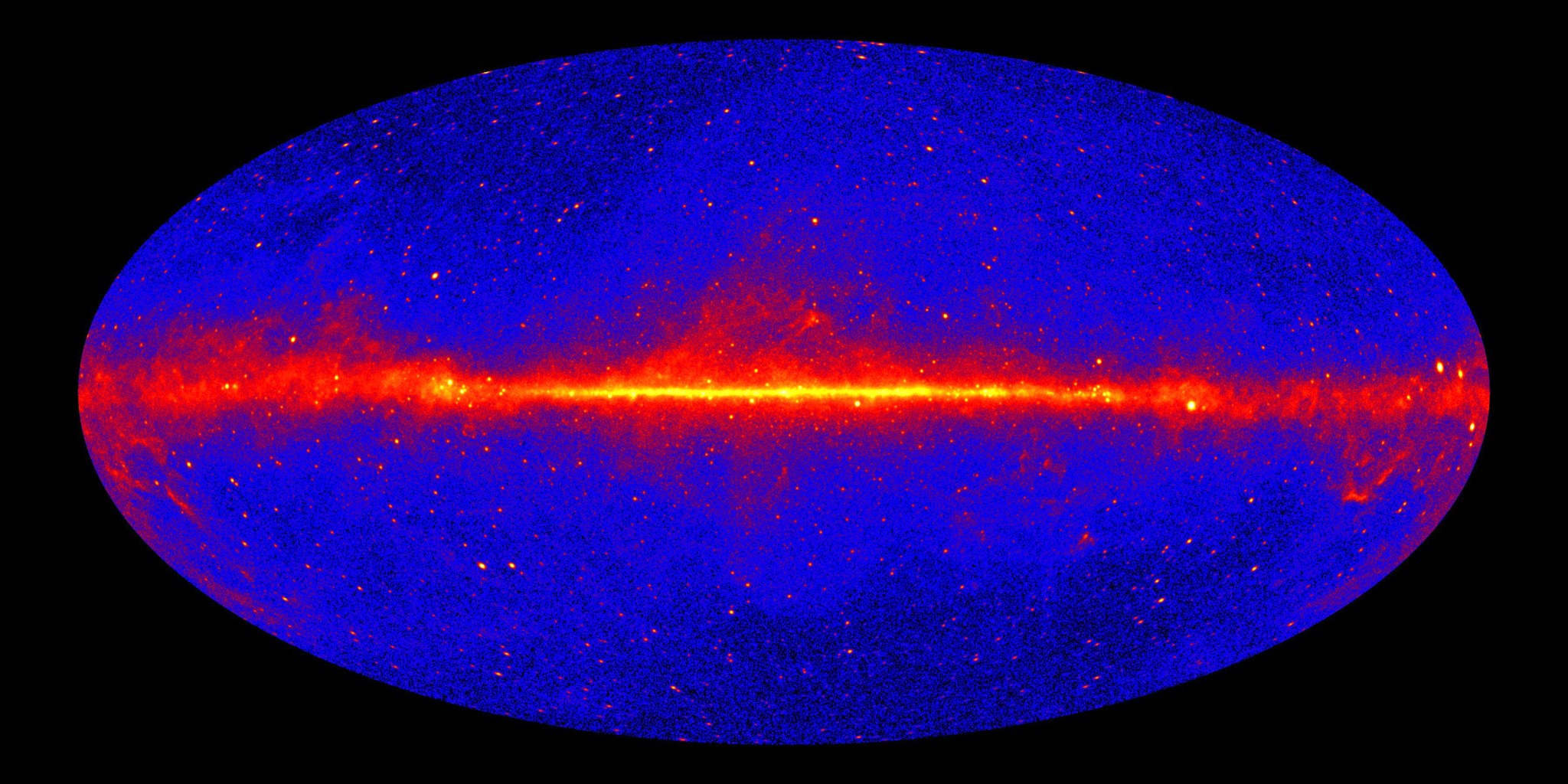
Dec. 8 2008:
Marshall’s X-ray & Cryogenic Facility (XRCF), formerly the X-ray Calibration Facility, takes possession of the first of 18 James Webb Space Telescope mirror segments. Between this period and summer 2013, the XRCF team used the unique facility to prepare the mirrors for the extreme temperatures of space. Cryogenic testing was conducted in a 7,600-cubic-foot helium-cooled vacuum chamber, chilling the mirrors to a frigid -414 degrees Fahrenheit. As temperatures dropped, test engineers precisely measured each mirror segment’s structural stability, ensuring all the reflective pieces would fit and work together flawlessly, combining to form a single, ultra-powerful mirror just over 21 feet in diameter. Launched to space on Dec. 25, 2021, the James Webb telescope has been studying the formation of stars, galaxies, and planetary systems ever since – the evolution of the cosmos itself.
More Marshall Decades
Marshall 65
For 65 years, NASA’s Marshall Space Flight Center has shaped or supported nearly every facet of the nation’s ongoing mission of space exploration and discovery, solving the most complex, technical flight challenges and contributing to science to improve life and protect resources around the world.
Learn More about Marshall 65